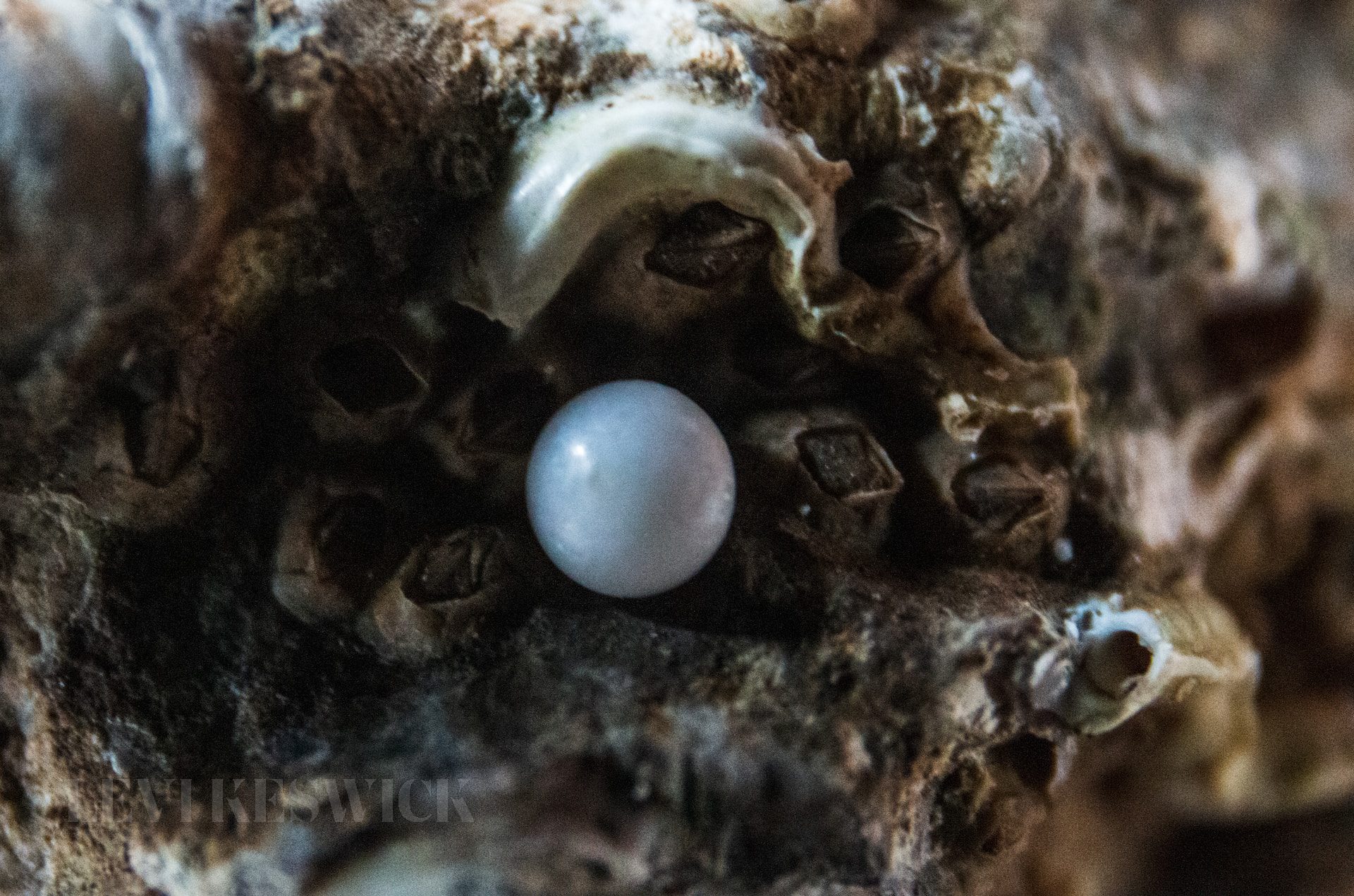Key takeaways:
- Nacre, also known as mother-of-pearl, has a unique structure that makes it exceptionally durable.
- Scientists have recently gained insights into how nacre’s structure behaves under stress at the nanoscale.
- Understanding nacre’s properties can inspire the development of stronger human-made materials.
The Unseen Strength of Pearls: Unpacking the Intricacies of Nacre
When one thinks about the question, “how hard are pearls,” the answer may be more complex than it seems. Pearls, with their soft sheen and delicate appearance, may not immediately come to mind when thinking about hard materials. Yet the mother-of-pearl, or nacre—the substance that coats pearls and lines the inside of mollusk shells—offers an unexpected durability that scientists are still working to fully understand.
Nacre’s remarkable strength comes from its complex ‘brick-and-mortar’ structure. This nano-sized arrangement features tablets of a mineral called aragonite, held together with an organic material. Just as a brick wall gains strength from the cohesion of its individual bricks and mortar, nacre derives strength from the interlocking structure of aragonite tablets and organic binding material.
Nature’s Nanotechnology: Understanding the Toughness of Nacre
But the secret to nacre’s toughness goes beyond its unique structural configuration. Scientists have recently discovered that the material’s tiled surface behaves in a fascinating manner under stress. When pressure is applied, the tiles of nacre lock together, distributing the strain across the material. Once the stress is removed, the tiles relax back into their individual states.
This dynamic adaptability gives nacre its high resistance to stress and strain, even at the nanoscale. Tests have shown that nacre retains its resilience even under repeated impacts of up to 80 percent of its yield strength. Moreover, should a crack develop on its surface, nacre isolates the affected nano-tablet, preventing damage to the rest of the surface.
Despite a relatively low rating on the Mohs scale of hardness—around 2.5, which means it can be easily scratched by harder minerals—nacre’s toughness extends beyond mere hardness. The material’s strength in bearing weight, resisting pressure, and sustaining significant mechanical impacts has earned it a reputation as one of nature’s toughest substances.
Future Material Engineering: Nacre-Inspired Innovations
The latest insights into how hard are pearls and why nacre is so tough could pave the way for developing stronger human-made materials. Scientists aspire to harness the structural secrets of nacre to engineer advanced materials, not through synthetic processes involving extreme heat or pressure, but by taking cues from millions of years of natural evolution.
After all, there’s something profound about a mollusk’s ability to fabricate structures across various scales. It creates individual molecules of calcium carbonate, arranges them into layered sheets, and combines these with organic material to form nacre—demonstrating a kind of natural nano-engineering that humans are yet to replicate.
Conclusion: Harnessing the Power of Nature’s Innovation
The exceptional toughness of nacre illustrates the extraordinary potential of nature’s materials. As scientists uncover the secrets behind the hardiness of pearls, they open up exciting possibilities for developing stronger, more resilient materials. This field of research exemplifies the beauty of science when it intersects with nature—leading to potential innovations that could shape the future of material engineering. We may have just begun to grasp the full potential of nacre, but it is clear that the secrets it holds can unlock a wealth of scientific and technological opportunities.








